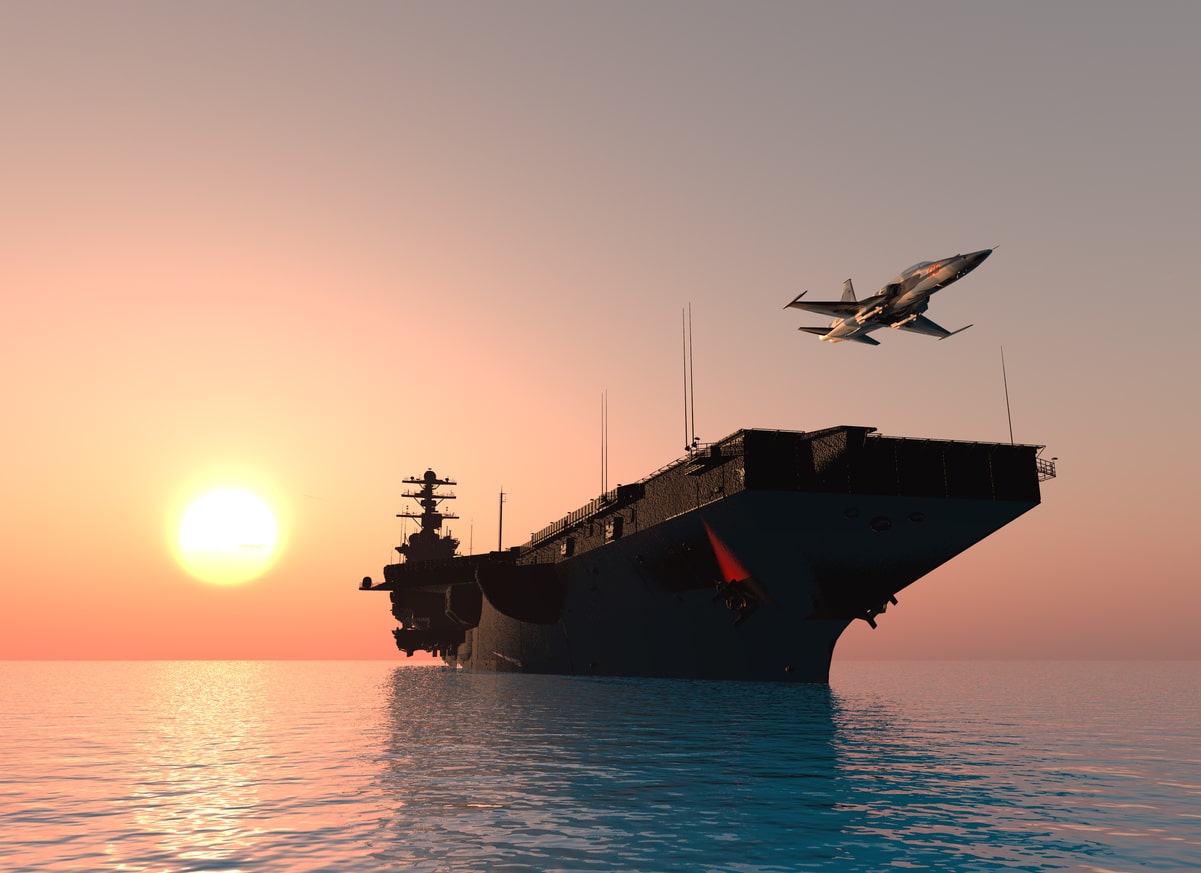Yankee Station Agent Orange – Blue Water veterans can now get presumptive service connection.
The Yankee Station
If you served in the Blue Water Navy during the Vietnam War, you may have been exposed to Agent Orange, a toxic herbicide. As of January 1, 2020, Blue Water Navy veterans who served at Yankee Station are now eligible for presumptive service connection for certain health conditions. Understanding your eligibility and next steps is critical to securing the benefits you deserve.
What Was Yankee Station?
Yankee Station was a fixed coordinate off the coast of North Vietnam used by U.S. Navy aircraft carriers and support ships.
- Established: April 1964 at 16° N latitude, 110° E longitude
- Moved: 1966, about 145 miles northwest, due to increased air operations over North Vietnam
- Function: Launch site for air strikes during the Vietnam War, primarily for Task Force 77 aircraft carriers
- Operational period: 1964–August 1973
Yankee Station served as the northern Blue Water Navy staging area, while Dixie Station, off the Mekong Delta in the South China Sea, was the southern counterpart.
Blue Water Navy
The Blue Water Navy refers to ships designed for open-ocean operations, such as aircraft carriers.
Crew size: Each carrier required roughly 3,000–5,500 sailors. Thousands of Blue Water Navy personnel served in Vietnam offshore without ever stepping foot on land.
Carriers could sail across oceans but had limited inland water capability.
Several Seventh Fleet carriers operated at Yankee Station, supported by smaller vessels.
Operation Ranch Hand and Agent Orange
During the Vietnam War, the U.S. military sprayed nearly 20 million gallons of herbicides, including Agent Orange, as part of Operation Ranch Hand.
- Purpose: Clear trees and foliage to reduce enemy cover
- Consequences: Many veterans experienced long-term health problems due to exposure
- Legal recognition: The Agent Orange Act of 1991 established a link between herbicide exposure and certain medical conditions
Before 2020, VA interpretations excluded Blue Water Navy veterans who never set foot in Vietnam. This changed with the Blue Water Navy Vietnam Veterans Act, giving presumptive eligibility to these veterans.

How Exposure Could Have Happened at Yankee Station
Agent Orange contains dioxin, a highly persistent chemical that remains in the environment for decades.
Sailors at Yankee Station were at risk due to proximity to sprayed areas, northern operational zones, and contact with contaminated supplies or smaller craft.
Exposure occurs primarily through contaminated food such as fish and other marine life, but airborne and waterborne exposure were also possible.
The VA Presumes That The Following Conditions Are Related To Exposure To Herbicides Such As Agent Orange:
According to the U.S. Department of Veterans Affairs, veterans with qualifying service may be eligible if they have any of the following conditions:
- AL Amyloidosis
- Bladder Cancer
- Chronic B-Cell Leukemias (including Chronic Lymphocytic Leukemia)
- Chloracne (or similar acne-form disease)
- Diabetes Mellitus Type 2
- Hypertension (High Blood Pressure)
- Hodgkin’s Disease
- Hypothyroidism
- Ischemic Heart Disease
- Monoclonal Gammopathy of Undetermined Significance (MGUS)
- Multiple Myeloma
- Non-Hodgkin’s Lymphoma
- Parkinson’s Disease and Parkinsonism
- Early-Onset Peripheral Neuropathy
- Porphyria Cutanea Tarda
- Prostate Cancer
- Respiratory Cancers (including lung cancer)
- Soft Tissue Sarcomas (certain types)
Note: Some conditions require that symptoms became disabling within 1 year of herbicide exposure.
Do I Qualify For Agent Orange Exposure?
You were most likely exposed to Agent Orange if your service aboard a ship meets any of the following criteria:
- Primarily or exclusively on Vietnam’s inland waterways
- Temporarily on Vietnam’s inland waterways
- Docked at shore or pier in Vietnam
- Operated in close coastal waters for extended periods with evidence crew went ashore
- Operated in coastal waters with smaller craft delivering troops or supplies ashore
Call Disability Help Group, 1-855-855-8992 , If You Were Exposed to Agent Orange at Yankee Station or while serving.
You were most like exposed to Agent Orange if you served on Yankee Station. Ships that fall into one of the following categories during the Vietnam War era probably qualify for Agent Orange exposure:
- primarily or exclusively on Vietnam’s inland waterways,
- temporarily on Vietnam’s inland waterways,
- docked to shore or pier in Vietnam,
- Vietnam’s close coastal waters for extended periods with evidence that crew members went ashore, and
- Vietnam’s close coastal waters for extended periods with evidence that smaller craft from the ship regularly delivered supplies or troops ashore.
Current List of Yankee Station Agent Orange Ships
The VA maintains a list of ships recognized for Agent Orange exposure at Yankee Station. Sailors aboard these ships are presumptively eligible if they have one of the VA’s listed conditions.
The current list of Yankee Station Agent Orange Ships is available here. Even if your ship is not listed, you can still prove exposure with the ship logs. Furthermore, you can find Navy deck logs at the National Archives site by clicking this link.
Key Questions to Ask Yourself
If you answer “Yes” to any of these, contact Disability Help Group immediately:
- Did you serve on a Navy ship offshore Vietnam between January 9, 1962, and May 7, 1975?
- Did your ship come within 12 nautical miles of the Vietnamese coast?
- Do you have one of the 20+ VA-presumed conditions related to herbicide exposure?
What If the VA Denied My Claim?
Even if VA previously denied your claim, you still have options:
- Denial does not mean you aren’t eligible
- Evidence may have been overlooked or misinterpreted
- Often just one additional piece of proof can complete your claim
With expert guidance, you can navigate the claims process efficiently and increase your chances of approval.
How Disability Help Group Can Help
Disability Help Group is ranked among the top 7 disability advocates nationwide. We assist veterans at every stage of the claim process:
- Reviewing service records and ship logs
- Preparing evidence for VA claims
- Filing new claims or appeals
- Monitoring claims to ensure timely decisions
Has the VA ever denied your Agent Orange exposure claim because you are a Blue Water Navy veteran? You may be entitled to significant compensation. Contact us now for a free consultation.
Additional Articles You May Find Helpful
- Can I Get VA 100% for Blue Water Exposure?
- Blue Water Veterans Get Agent Orange Benefits
- Blue Water Navy Veterans
- How Does VA Rate TBI?
- What are VA TBI Residuals?
- What is VA Permanent and Total Disability?
- Can I Work and Get TDIU?
- Can I Get TDIU for PTSD?
- VA Disability Rating for PTSD
- VA Permanent & Total Disability







